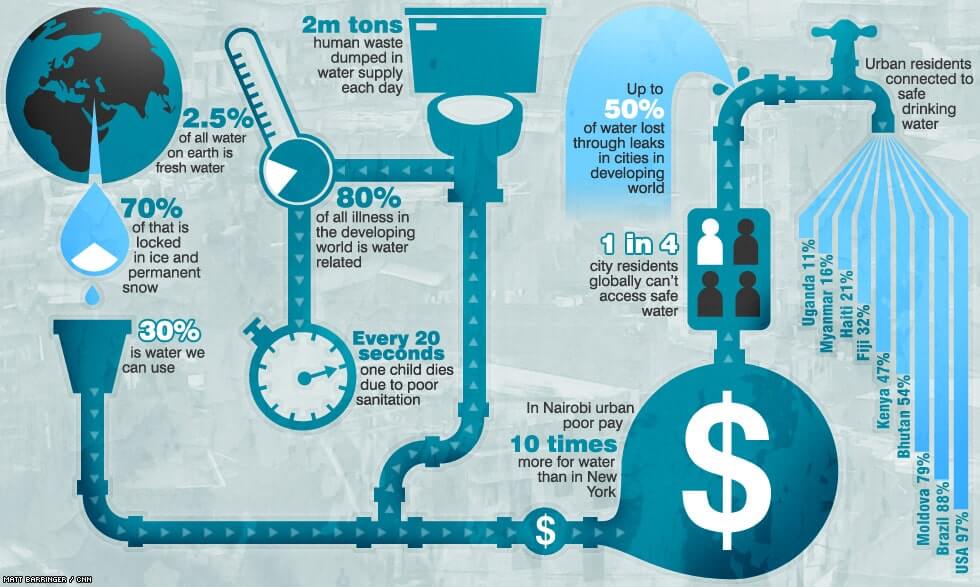The Ultimate Overview To Recognizing Warm Pumps - Exactly How Do They Function?
The Ultimate Overview To Recognizing Warm Pumps - Exactly How Do They Function?
Blog Article
Short Article By-Roy Raymond
The very best heat pumps can conserve you substantial quantities of cash on energy bills. you can try these out can additionally help reduce greenhouse gas emissions, particularly if you utilize electrical energy in place of fossil fuels like propane and home heating oil or electric-resistance furnaces.
Heat pumps work very much the same as air conditioning system do. This makes them a sensible option to traditional electric home heating unit.
Exactly how They Function
Heatpump cool down homes in the summer and, with a little aid from power or gas, they offer a few of your home's home heating in the winter season. They're a good choice for people that intend to lower their use nonrenewable fuel sources yet aren't all set to replace their existing heater and a/c system.
They count on the physical reality that even in air that seems also chilly, there's still energy existing: warm air is always moving, and it intends to relocate into cooler, lower-pressure atmospheres like your home.
The majority of ENERGY STAR accredited heatpump operate at near to their heating or cooling capability throughout a lot of the year, lessening on/off biking and conserving energy. For the best efficiency, focus on systems with a high SEER and HSPF score.
learn more of the heat pump is the compressor, which is additionally called an air compressor. This mechanical streaming device utilizes prospective energy from power production to raise the stress of a gas by reducing its quantity. It is various from a pump in that it just works on gases and can't deal with liquids, as pumps do.
Atmospheric air gets in the compressor via an inlet valve. It circumnavigates vane-mounted arms with self-adjusting size that divide the inside of the compressor, developing several cavities of varying size. The blades's spin forces these cavities to move in and out of phase with each other, compressing the air.
The compressor pulls in the low-temperature, high-pressure refrigerant vapor from the evaporator and presses it right into the hot, pressurized state of a gas. This procedure is repeated as required to supply heating or air conditioning as called for. The compressor also contains a desuperheater coil that reuses the waste warm and includes superheat to the cooling agent, altering it from its fluid to vapor state.
The Evaporator
The evaporator in heat pumps does the exact same thing as it does in fridges and air conditioning system, changing fluid cooling agent right into a gaseous vapor that eliminates warm from the space. Heat pump systems would not work without this important piece of equipment.
This part of the system is located inside your home or building in an interior air trainer, which can be either a ducted or ductless system. It has an evaporator coil and the compressor that compresses the low-pressure vapor from the evaporator to high pressure gas.
Heatpump take in ambient heat from the air, and after that use electricity to transfer that warm to a home or organization in heating setting. That makes them a great deal much more energy reliable than electric heating units or furnaces, and because they're making use of tidy electrical energy from the grid (and not shedding gas), they additionally generate far fewer exhausts. That's why heat pumps are such great ecological choices. (Not to mention a significant reason that they're becoming so popular.).
The Thermostat.
Heatpump are great choices for homes in cool environments, and you can utilize them in mix with traditional duct-based systems or perhaps go ductless. They're a wonderful different to nonrenewable fuel source heating unit or conventional electric heating systems, and they're much more sustainable than oil, gas or nuclear cooling and heating equipment.
Your thermostat is the most crucial part of your heatpump system, and it works very in a different way than a conventional thermostat. All mechanical thermostats (all non-electronic ones) job by utilizing materials that alter size with enhancing temperature, like coiled bimetallic strips or the expanding wax in an auto radiator valve.
These strips contain two various kinds of metal, and they're bolted together to develop a bridge that completes an electrical circuit attached to your a/c system. As the strip gets warmer, one side of the bridge expands faster than the various other, which creates it to bend and indicate that the heater is needed. When the heat pump is in heating setting, the turning around shutoff turns around the circulation of cooling agent, to ensure that the outside coil currently works as an evaporator and the indoor cylinder becomes a condenser.